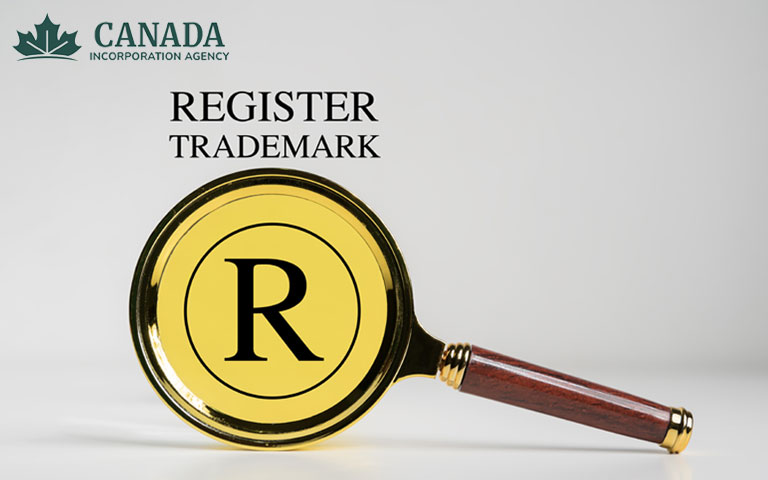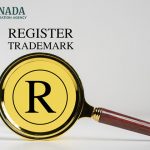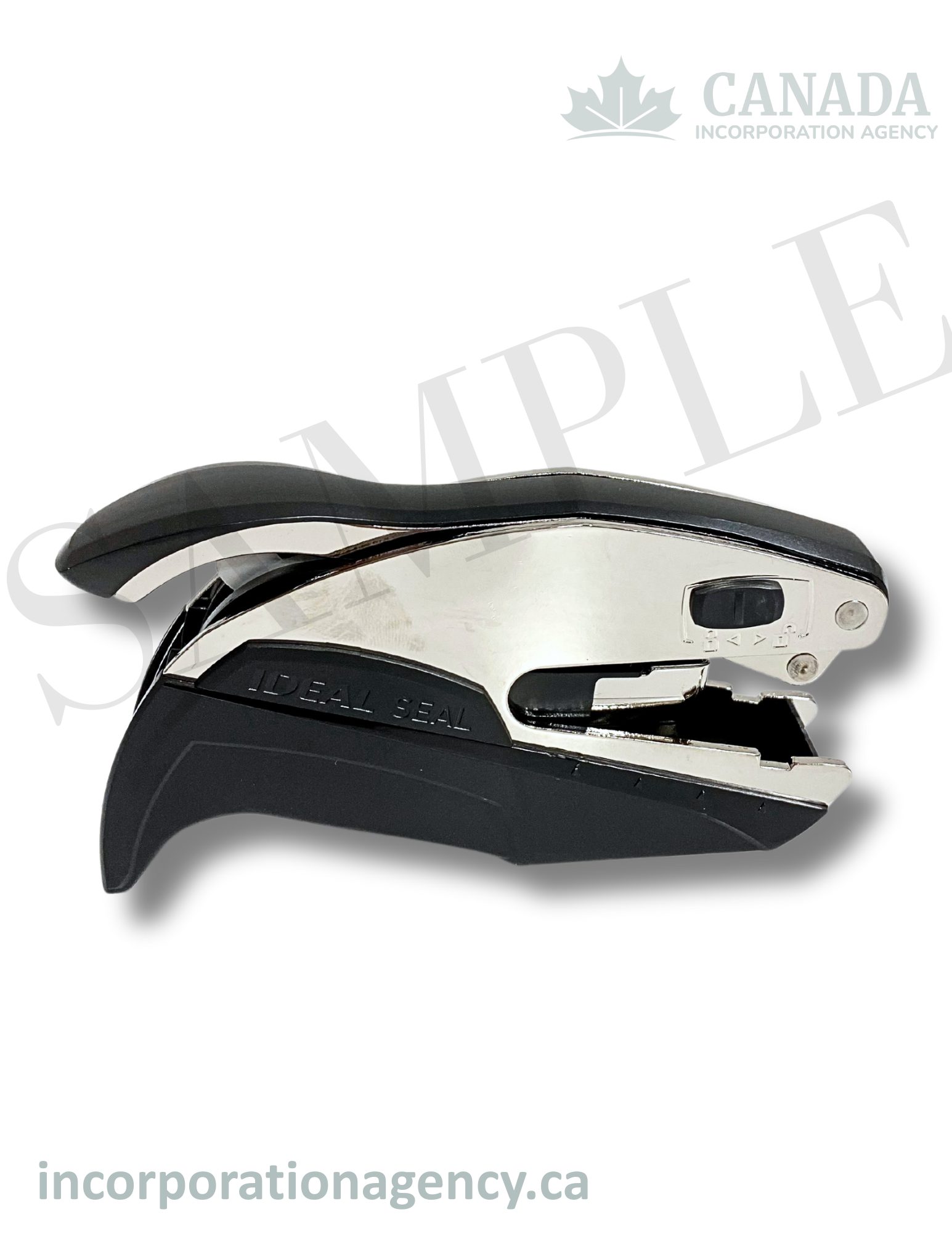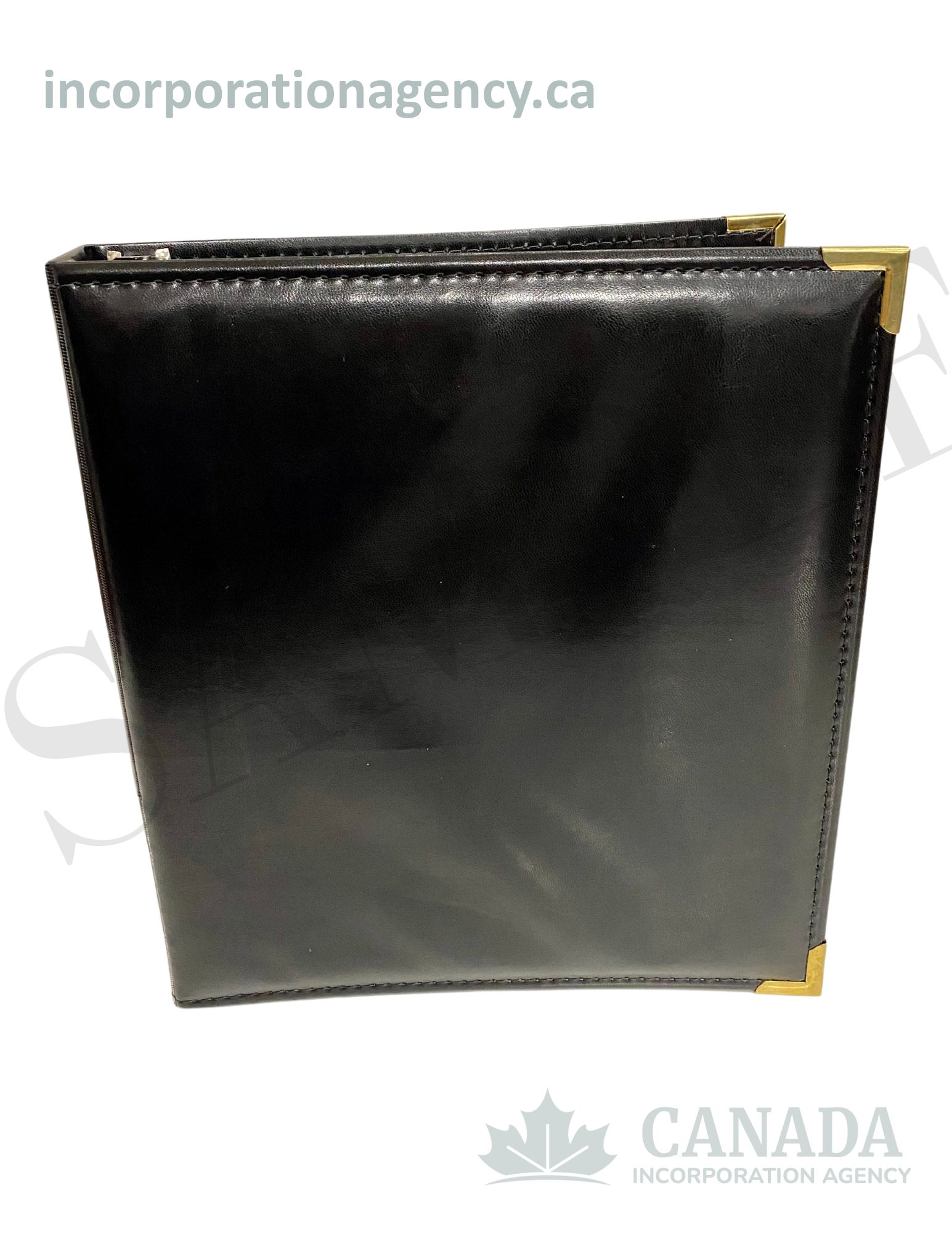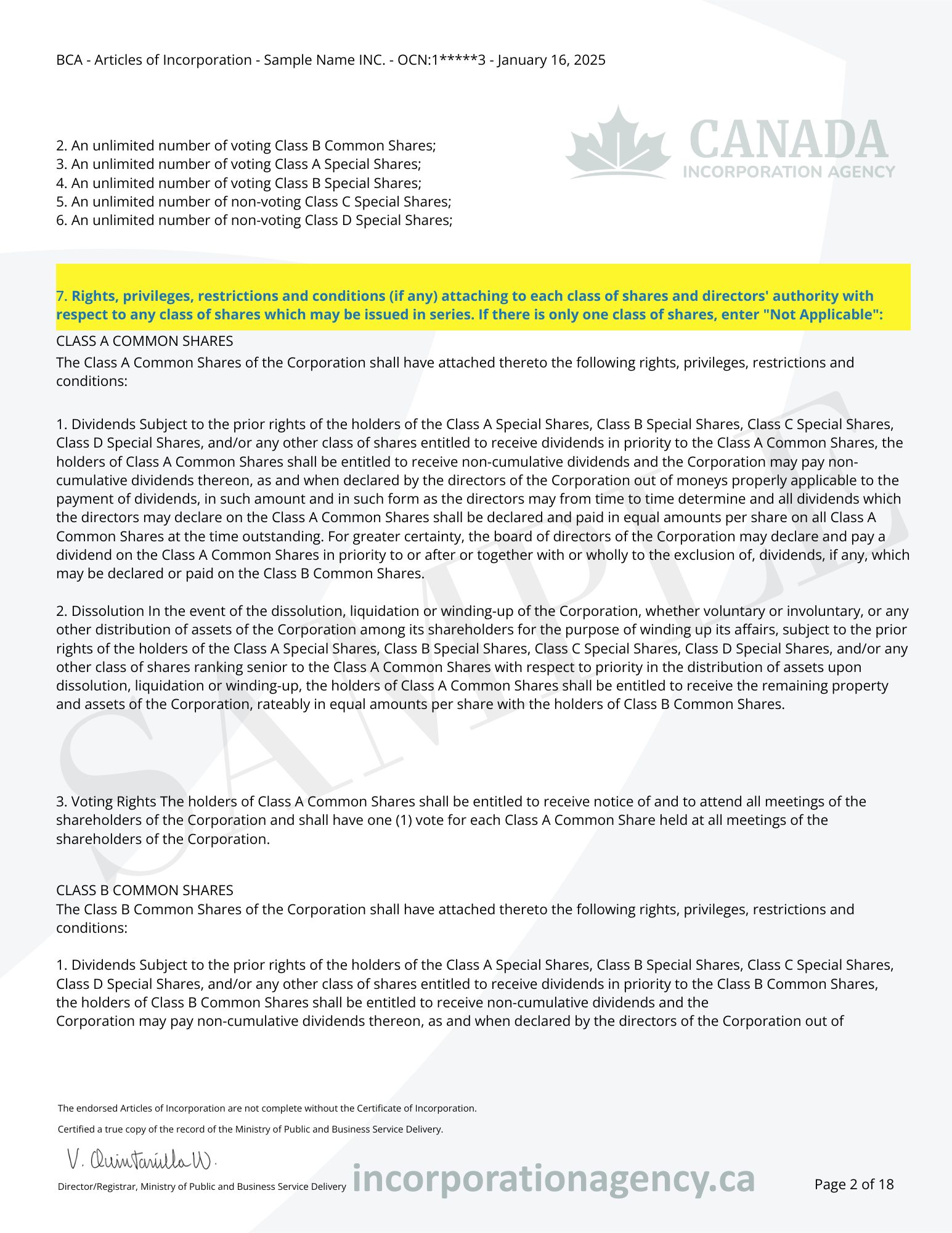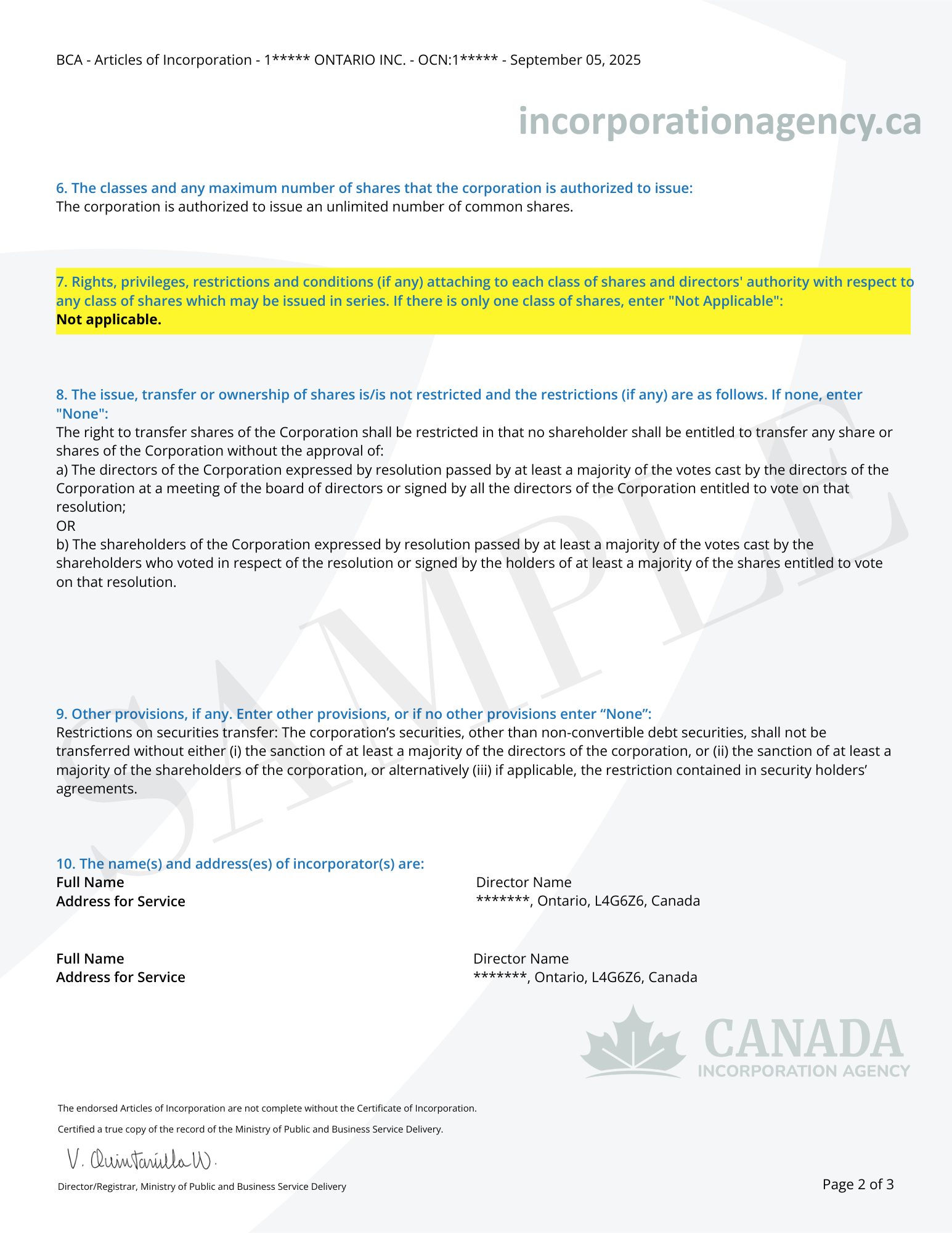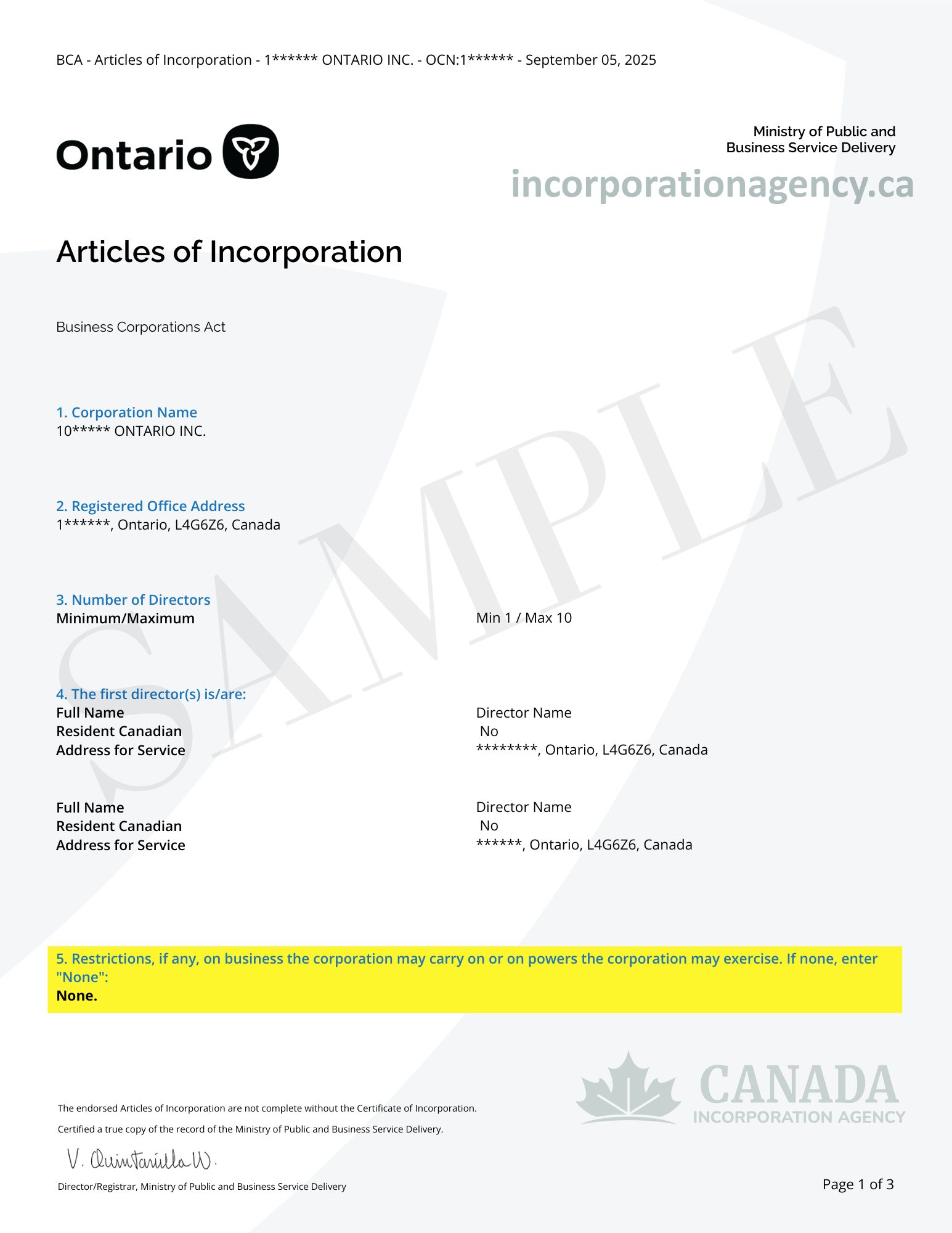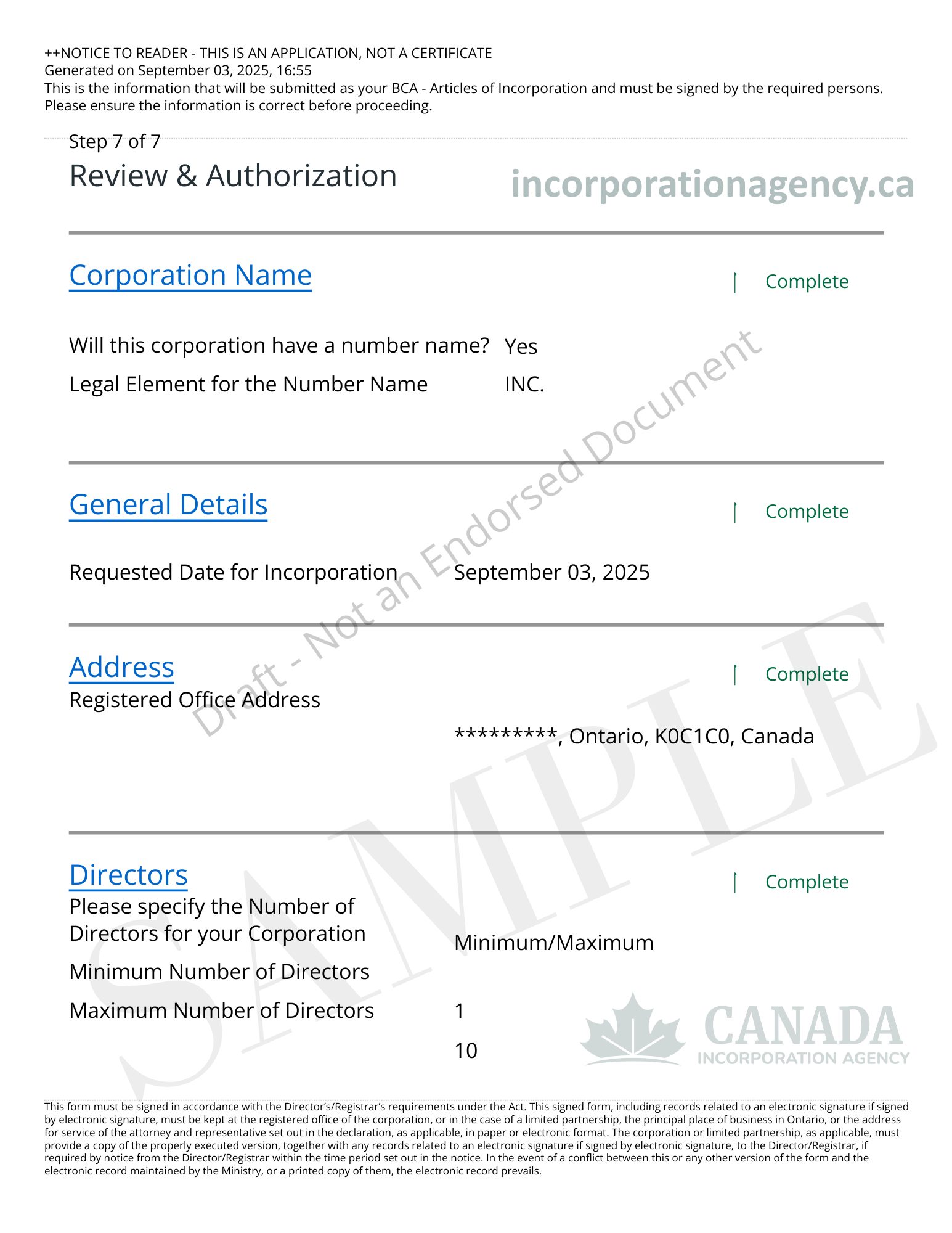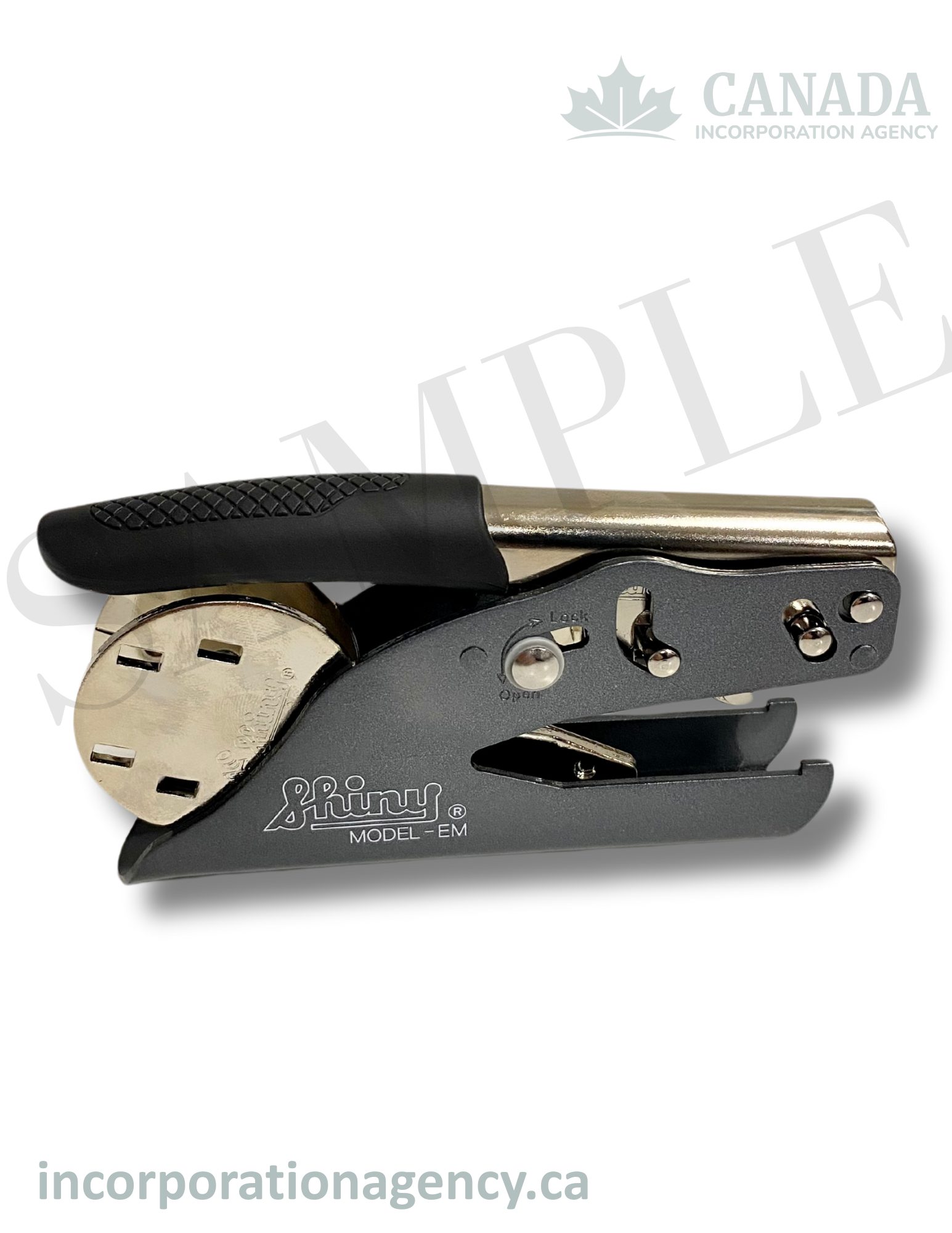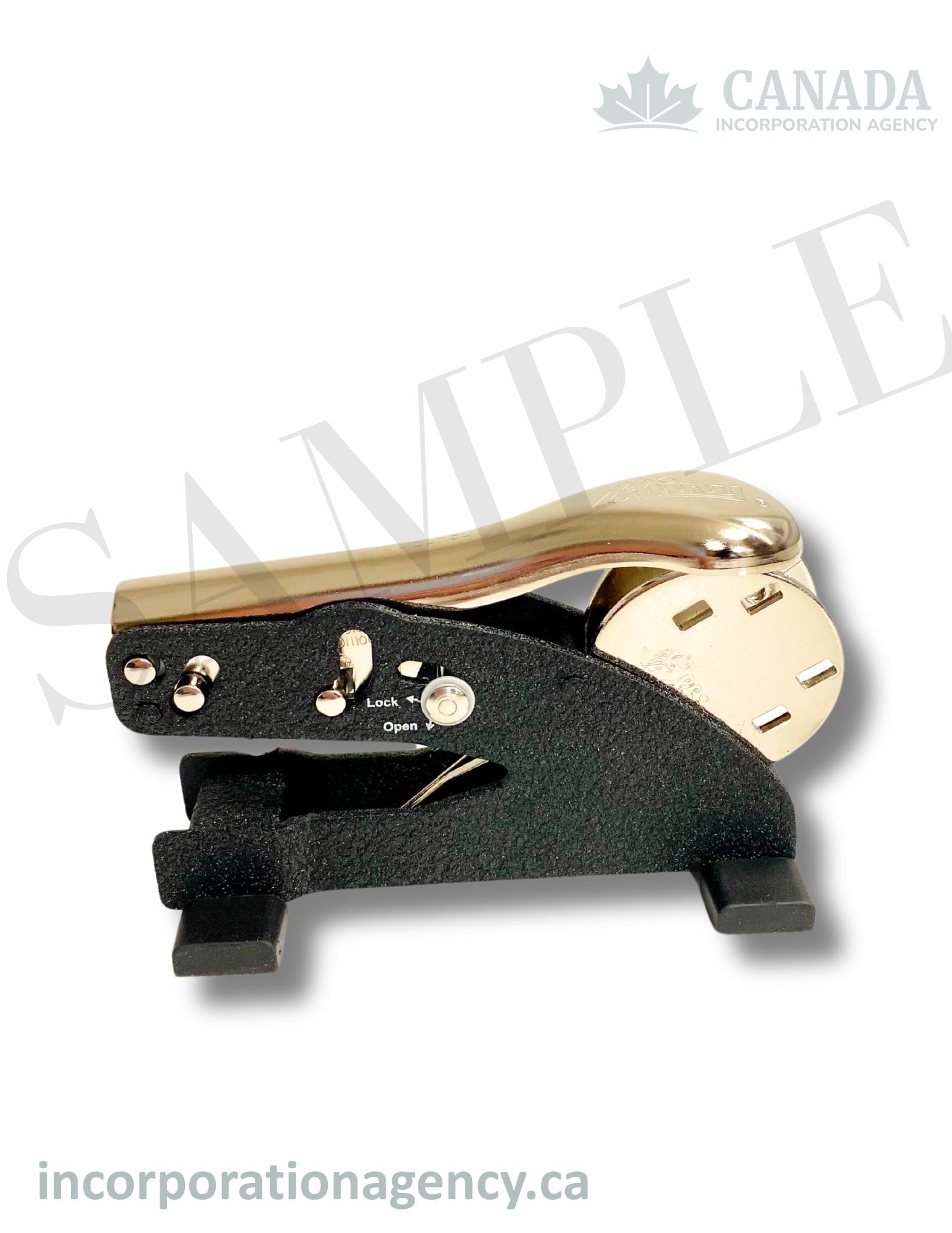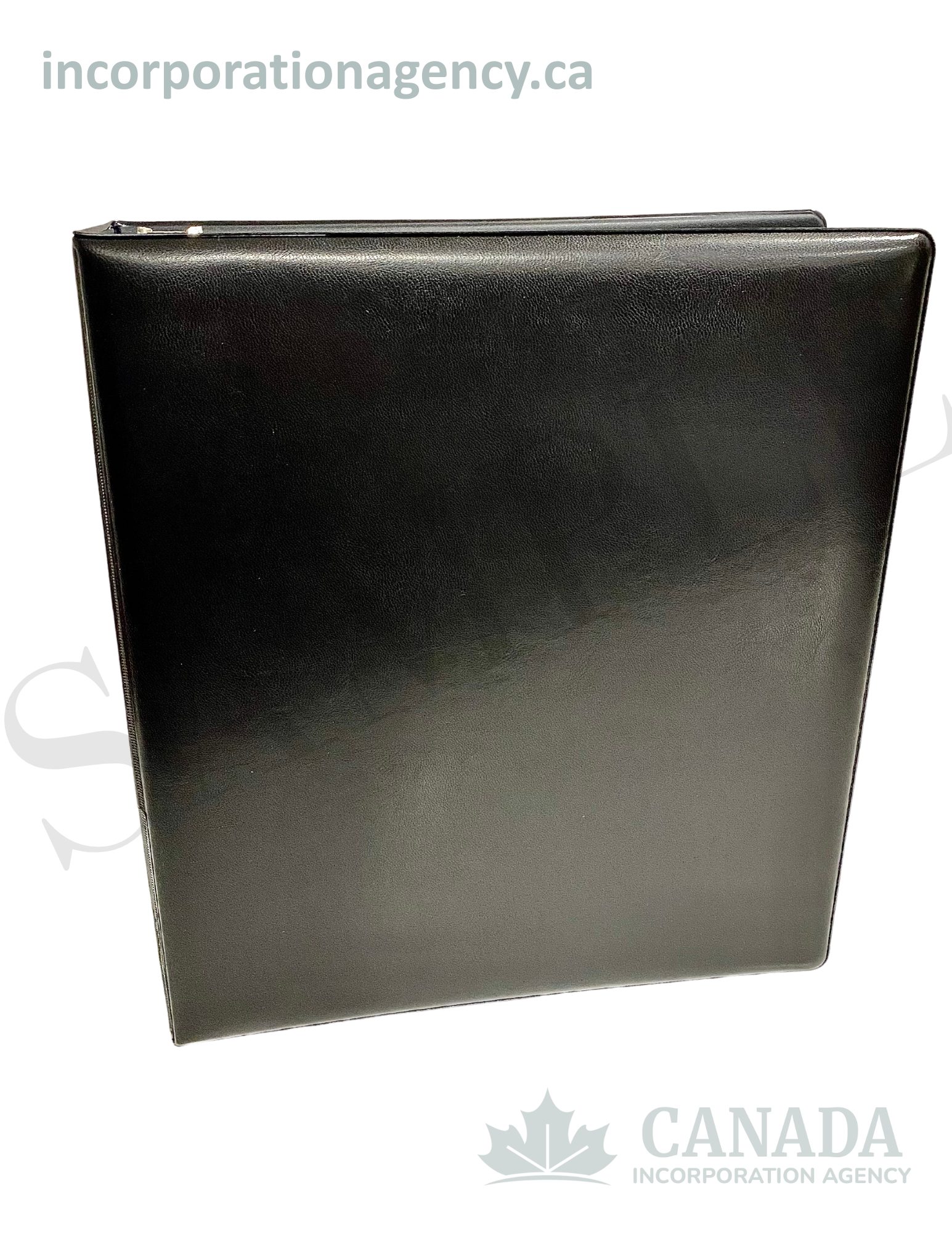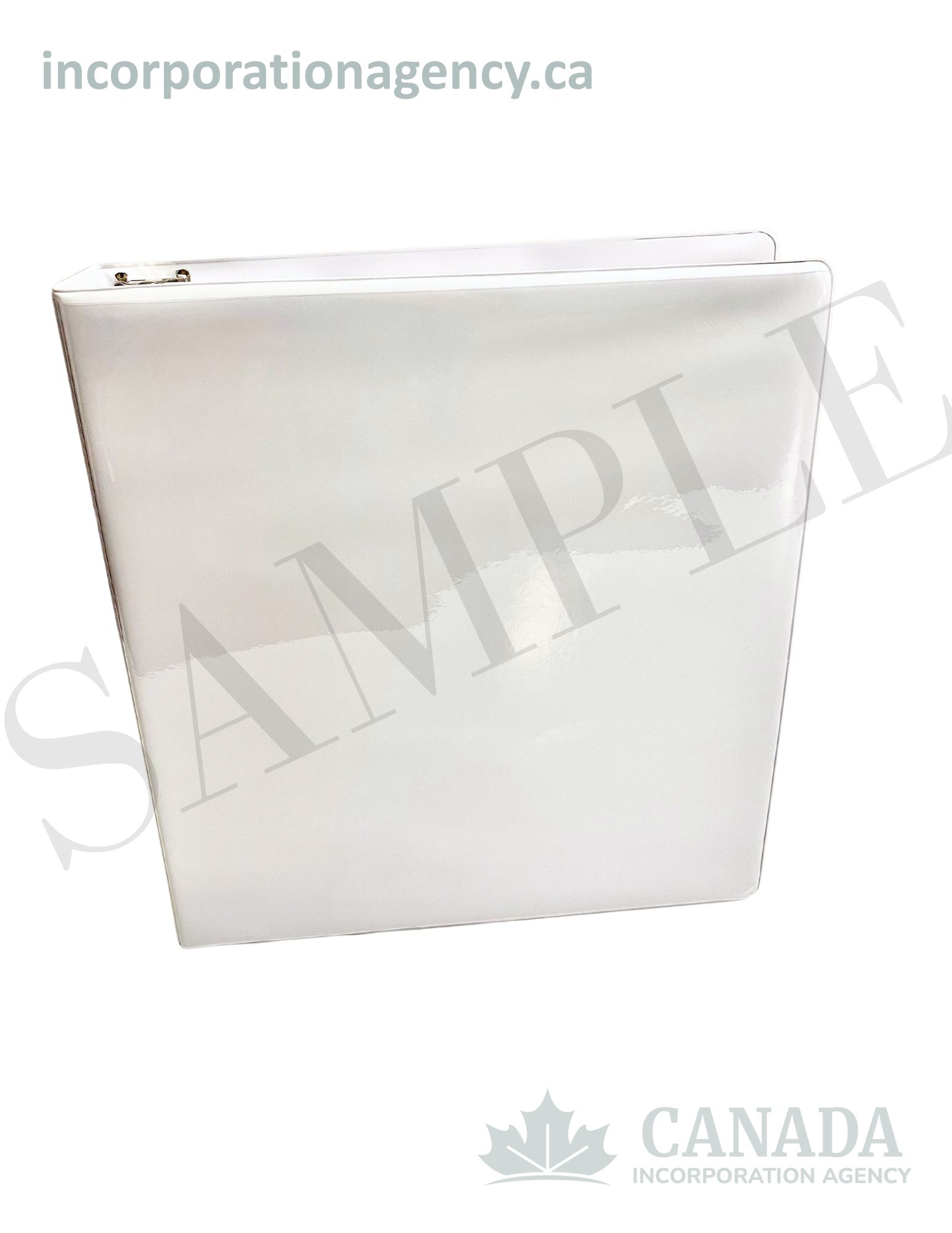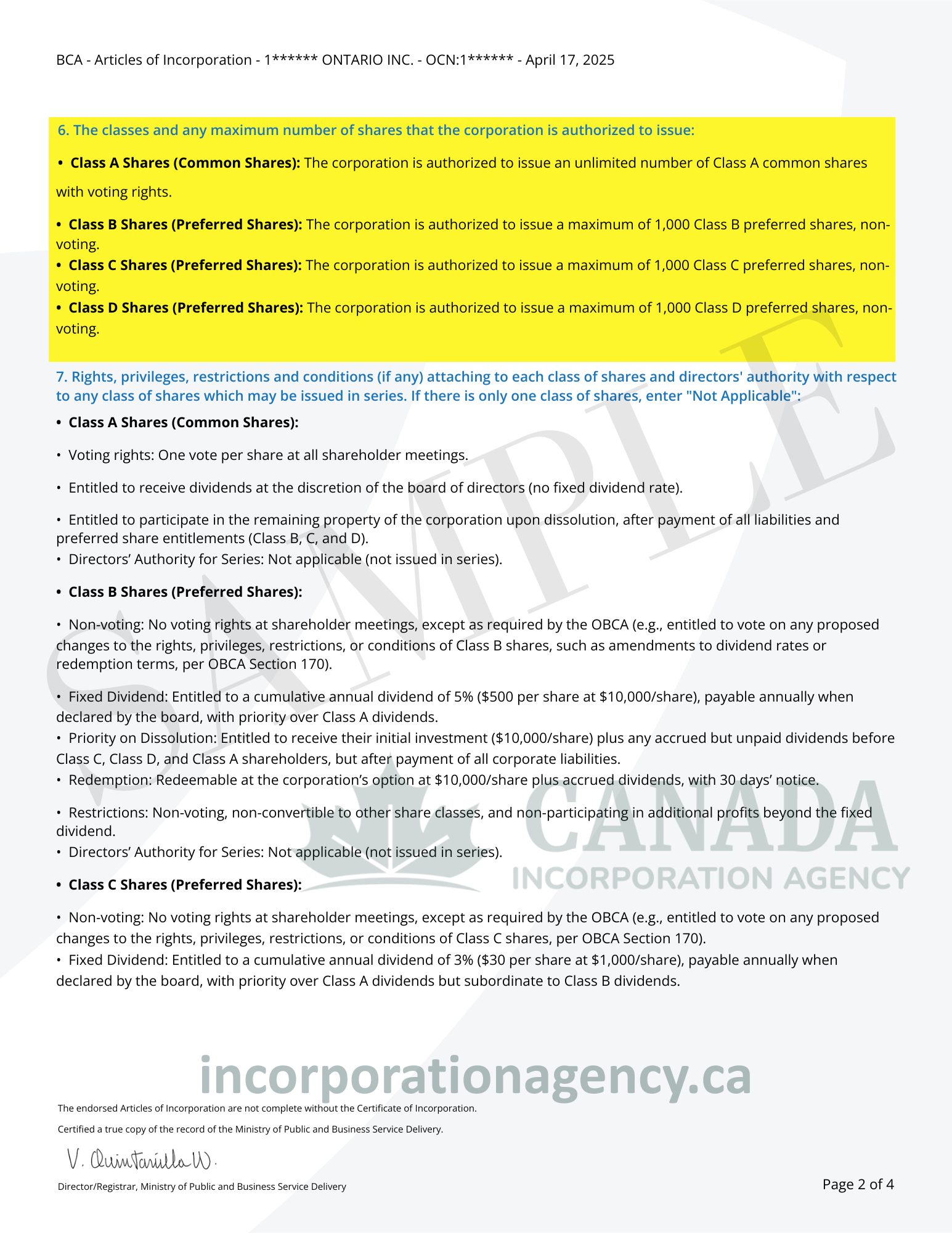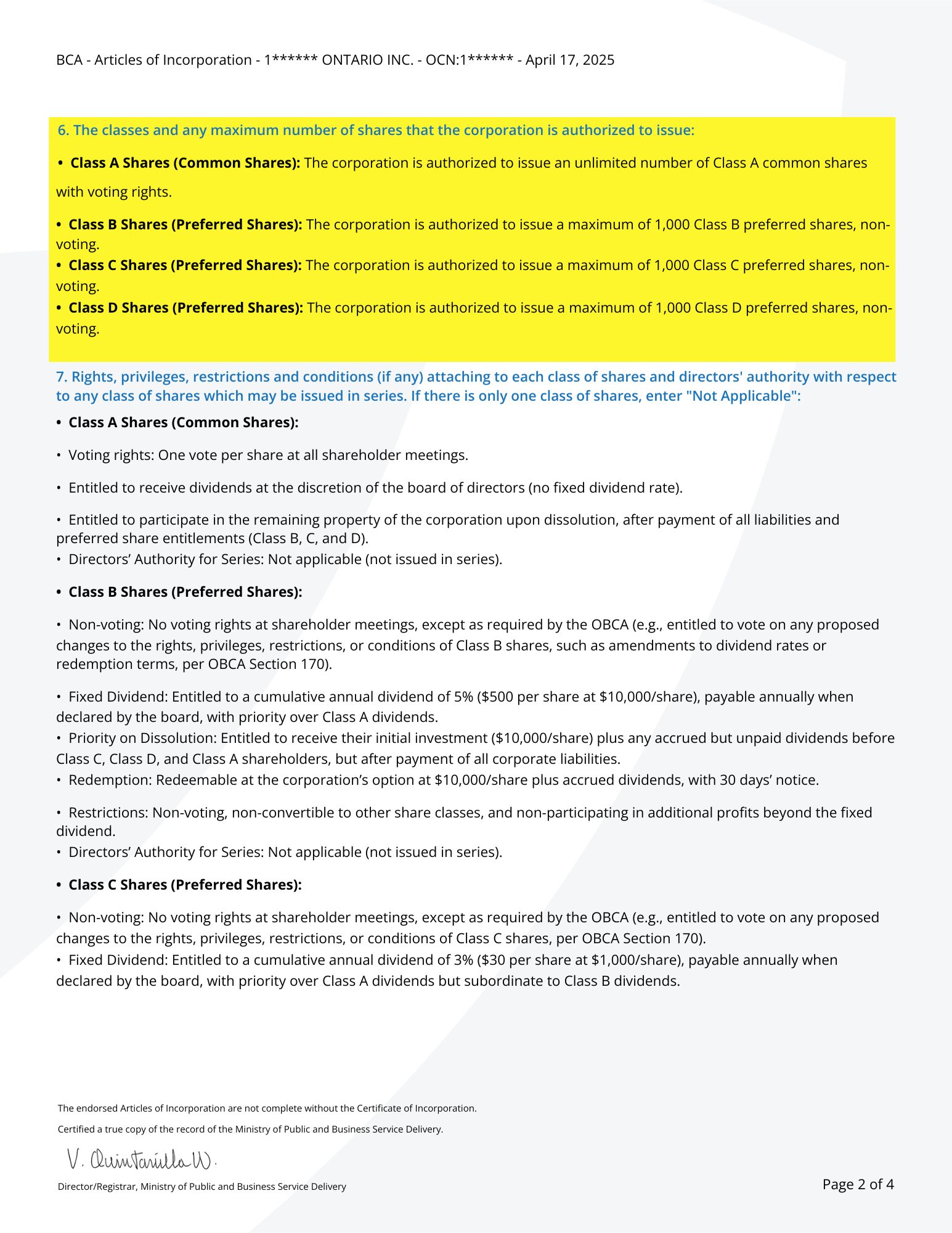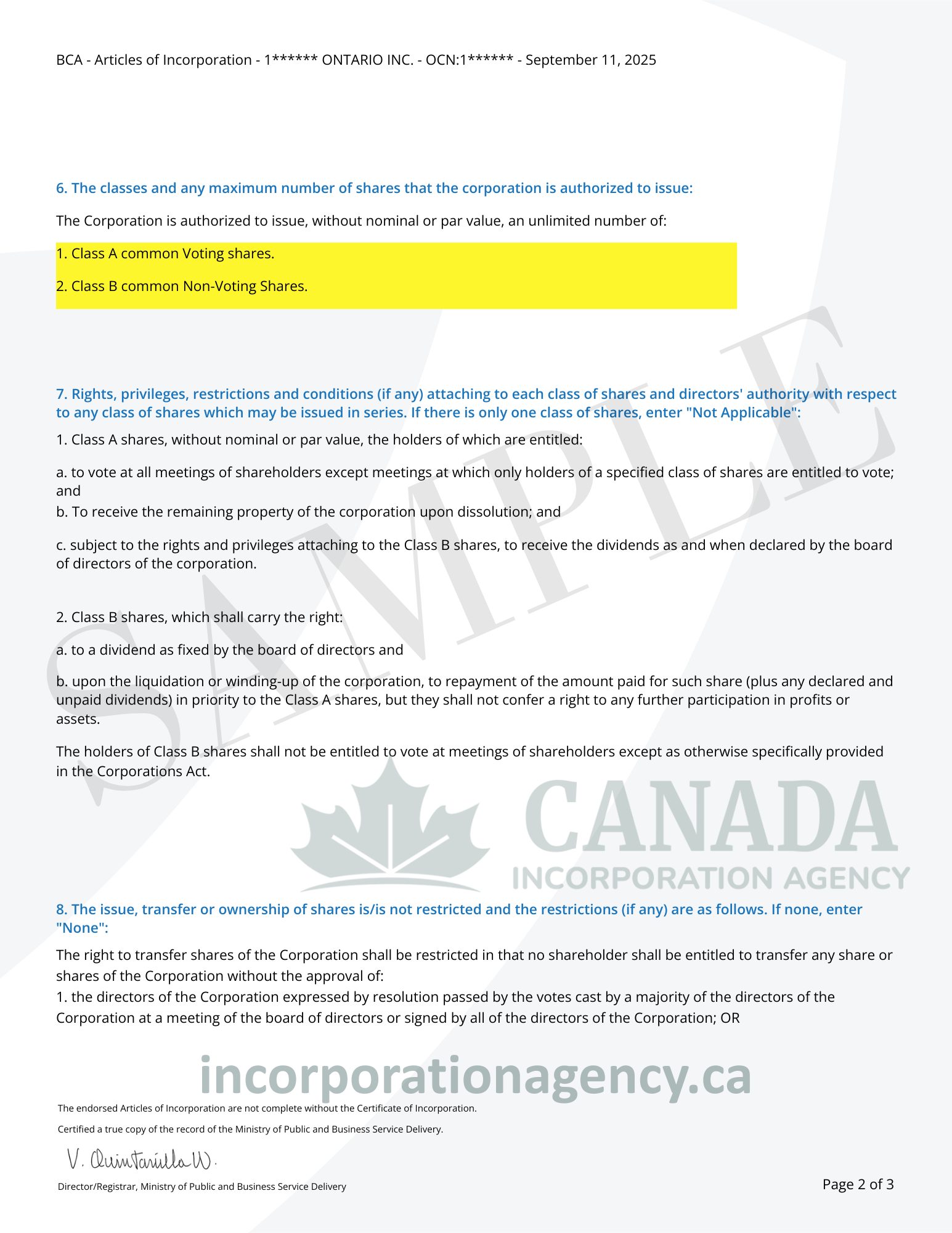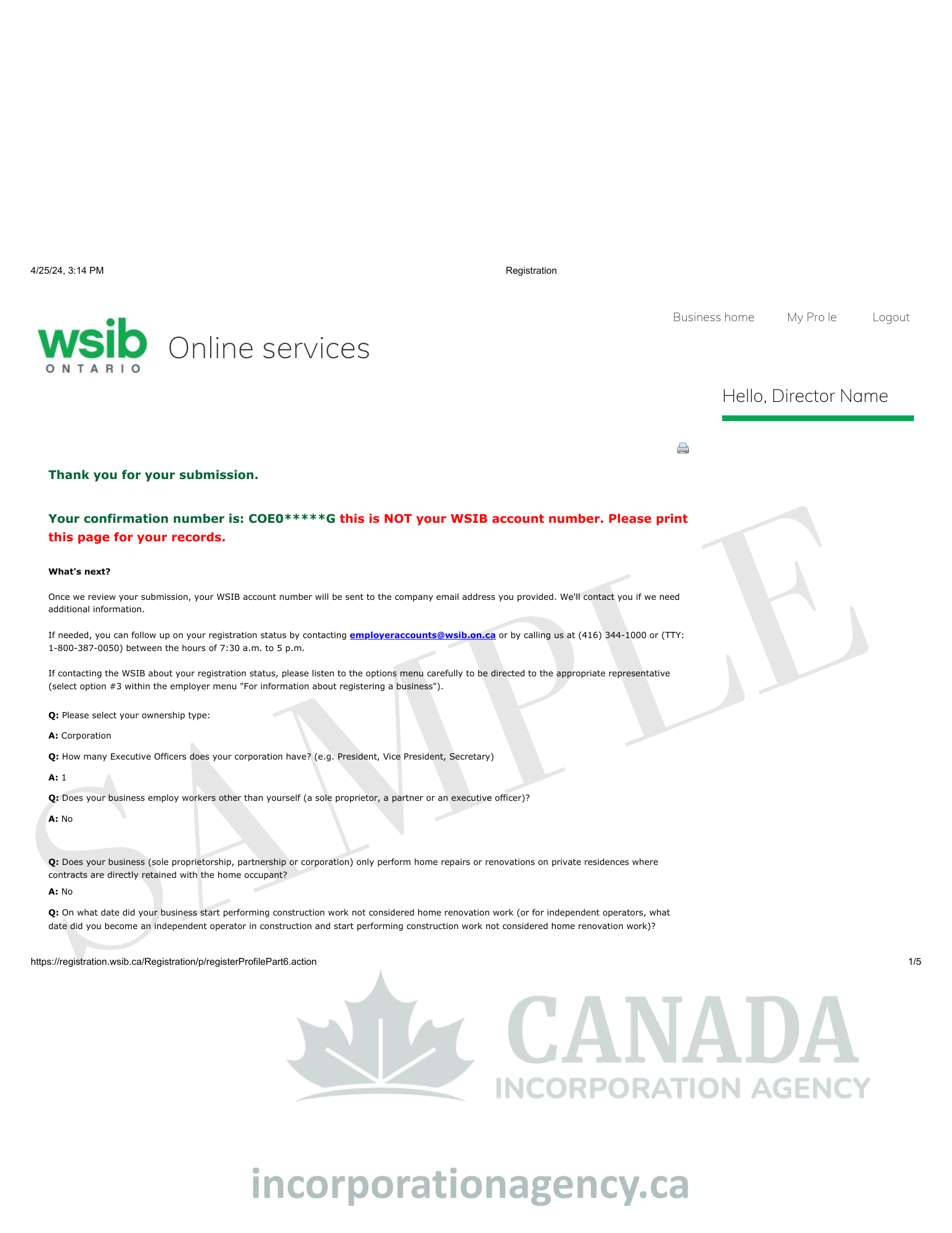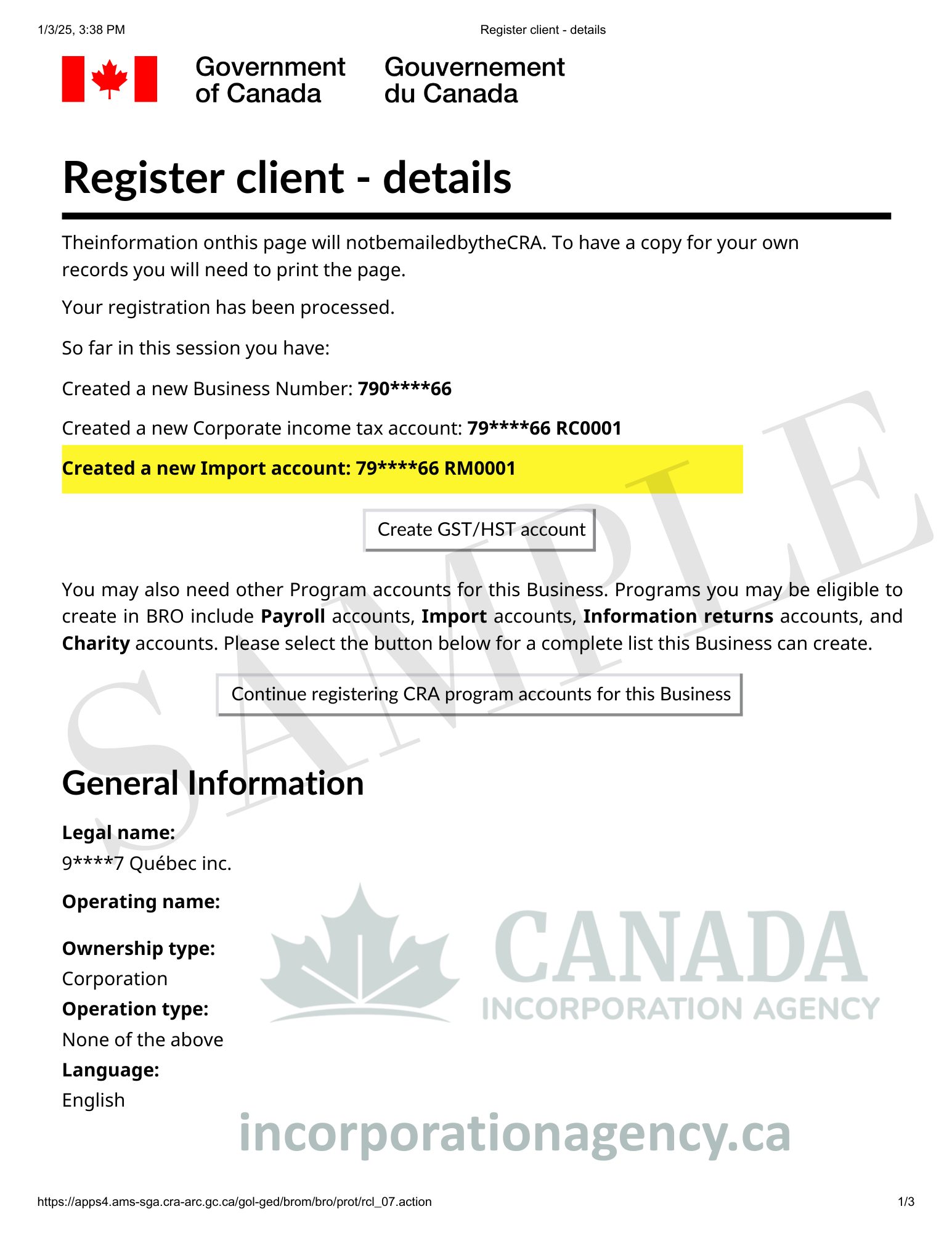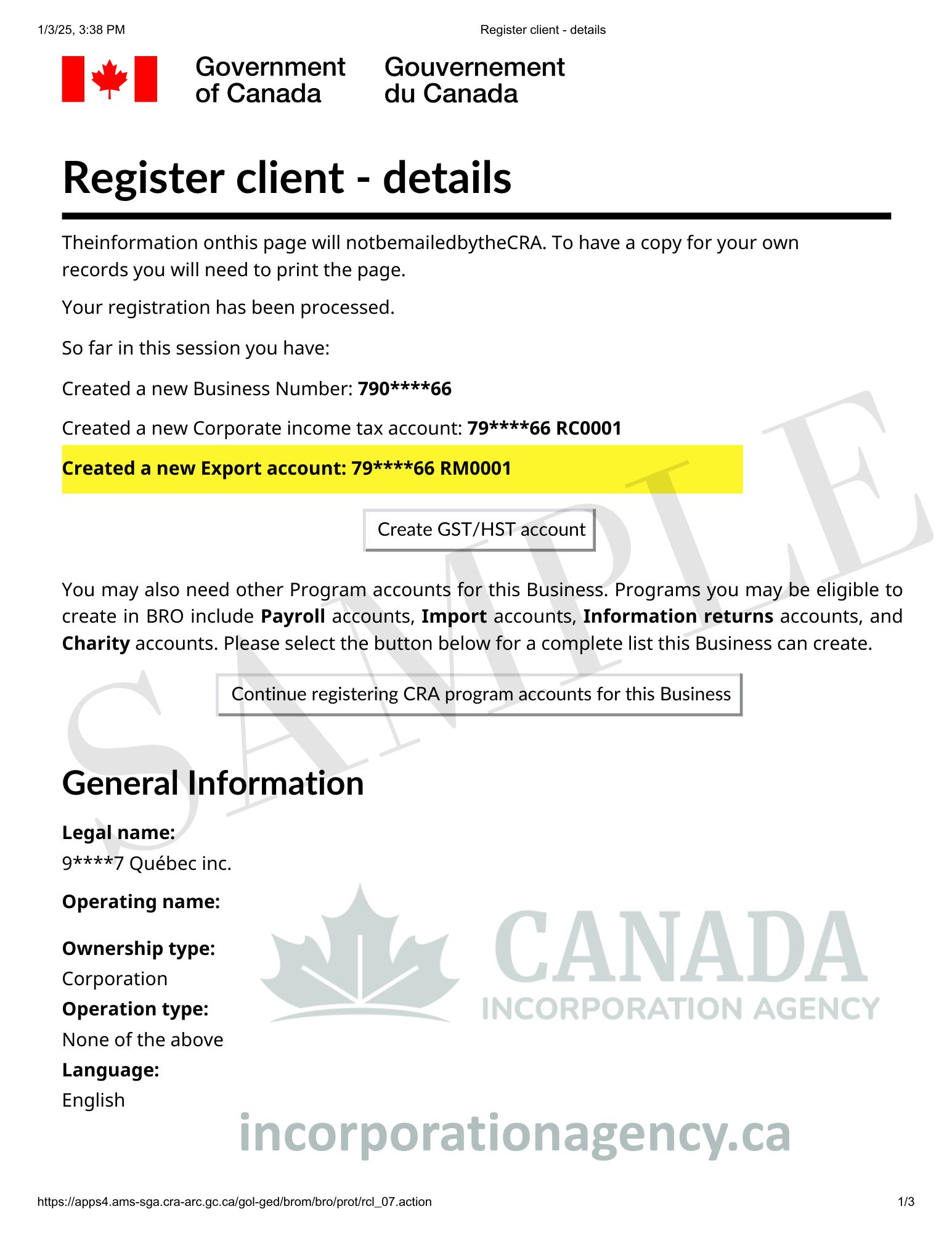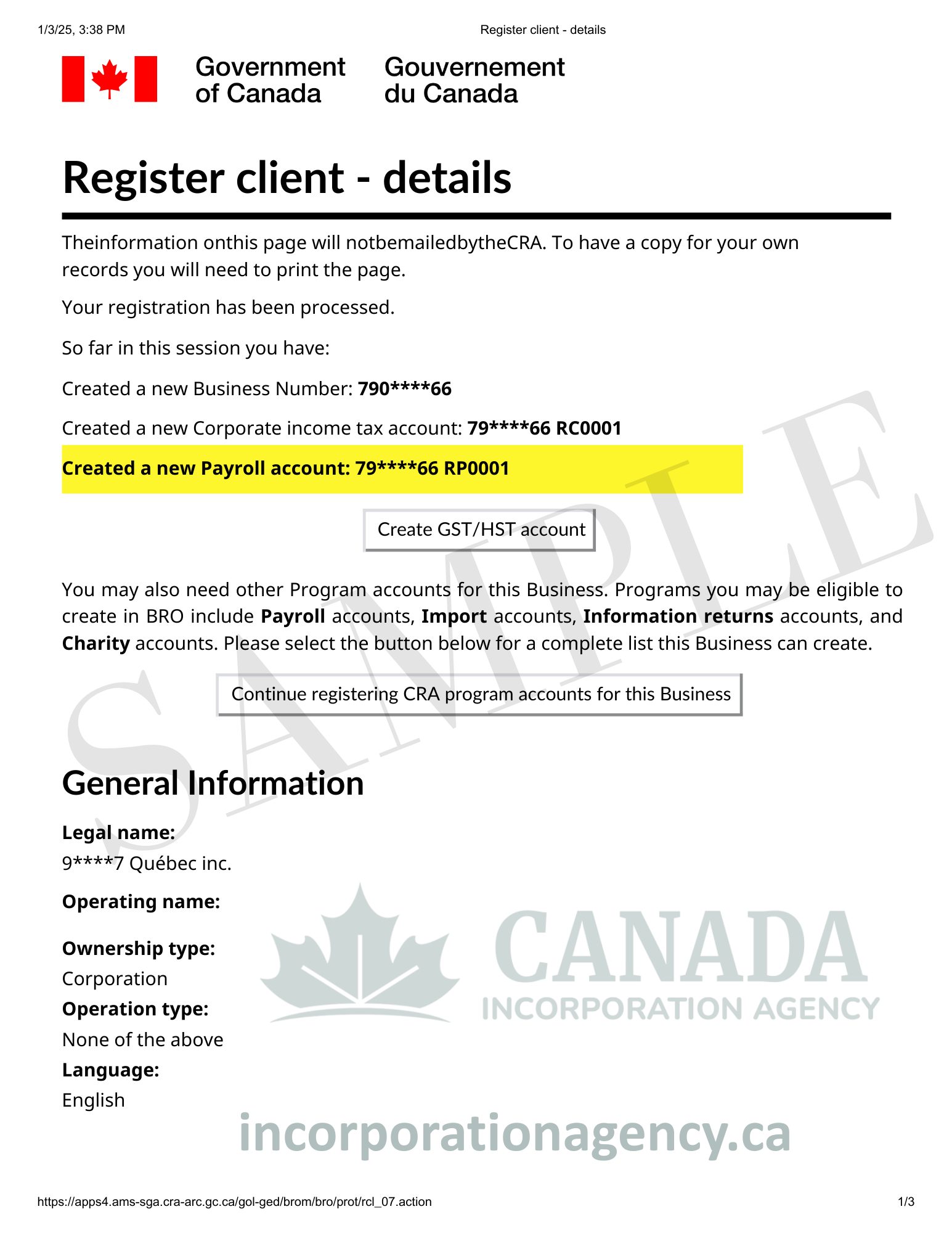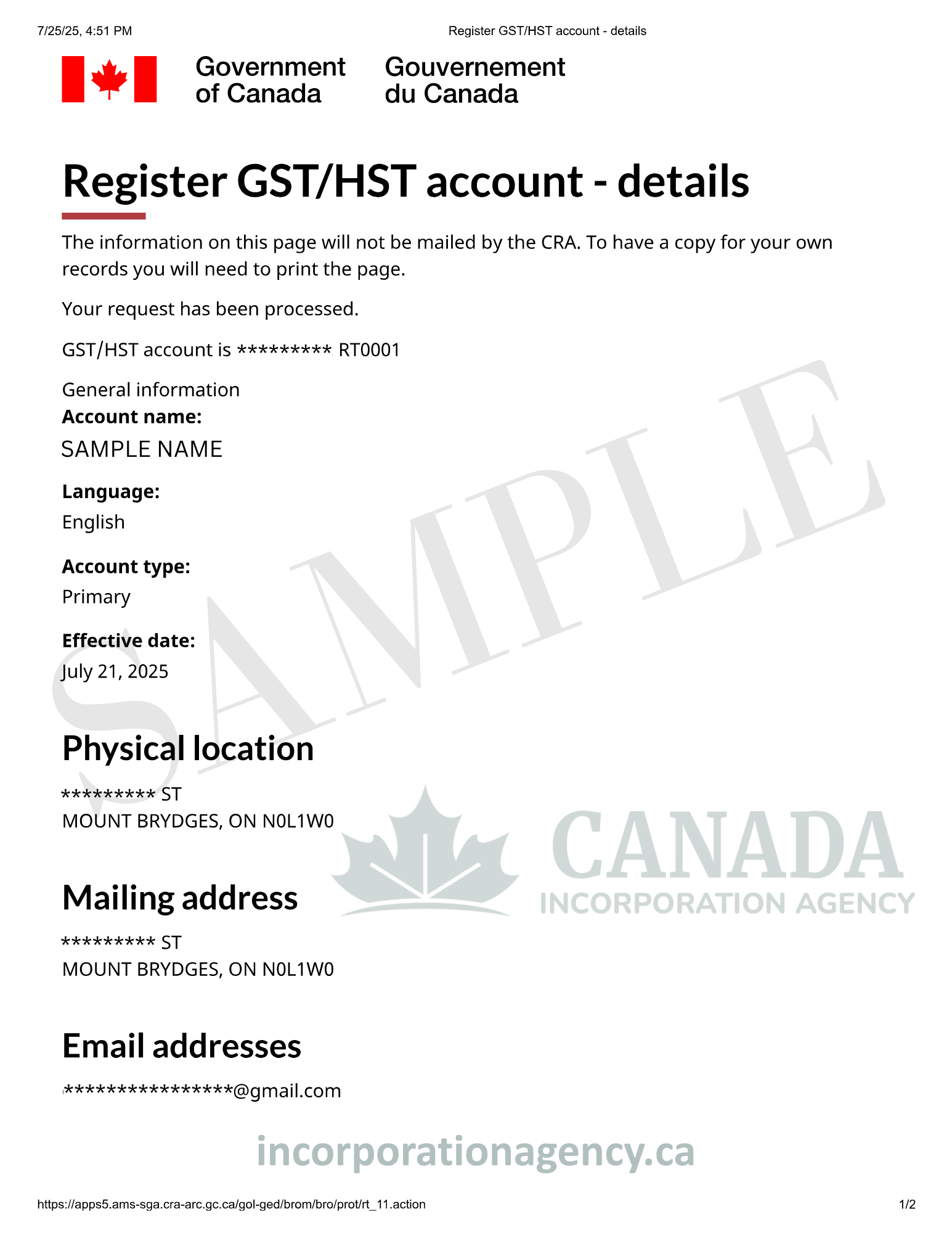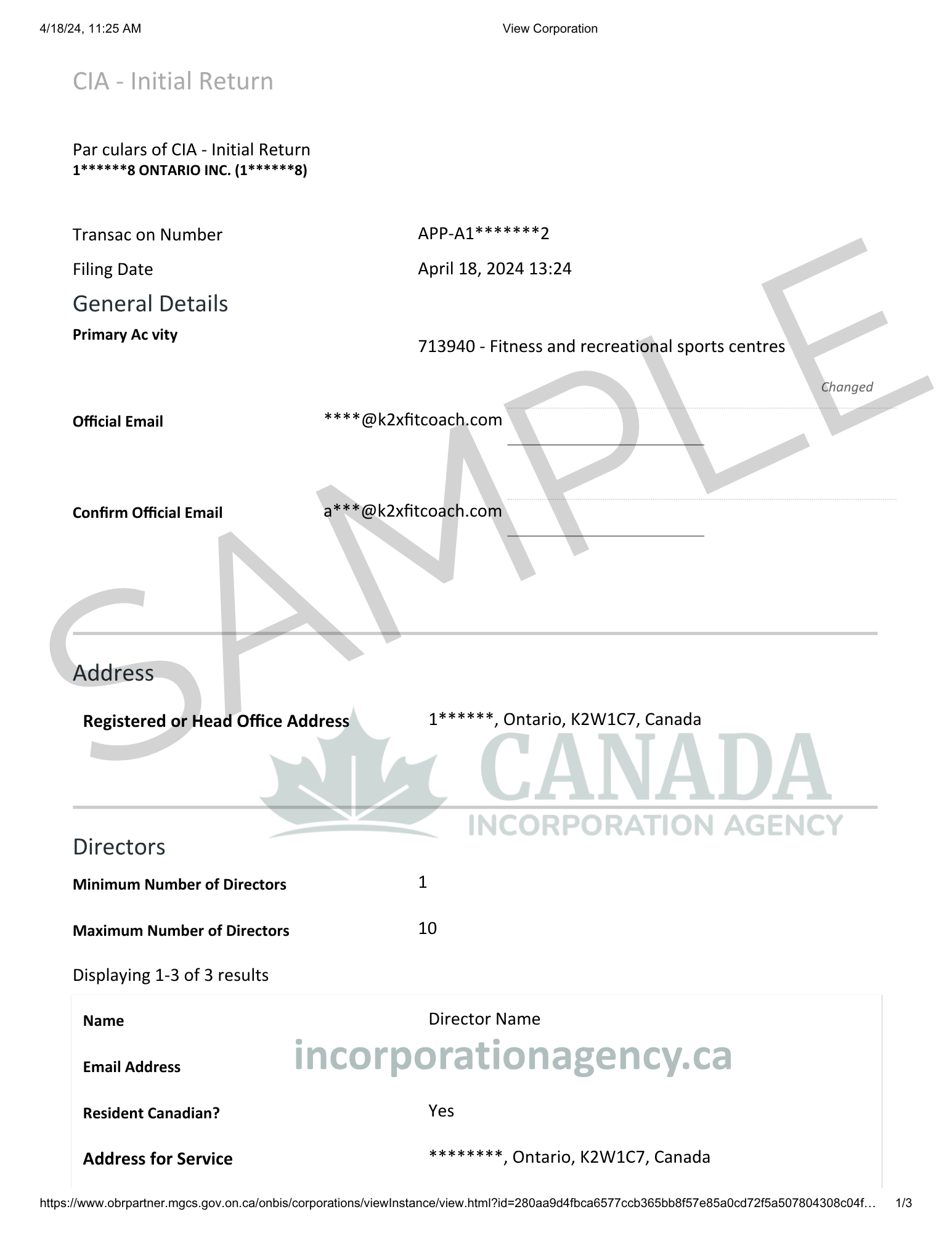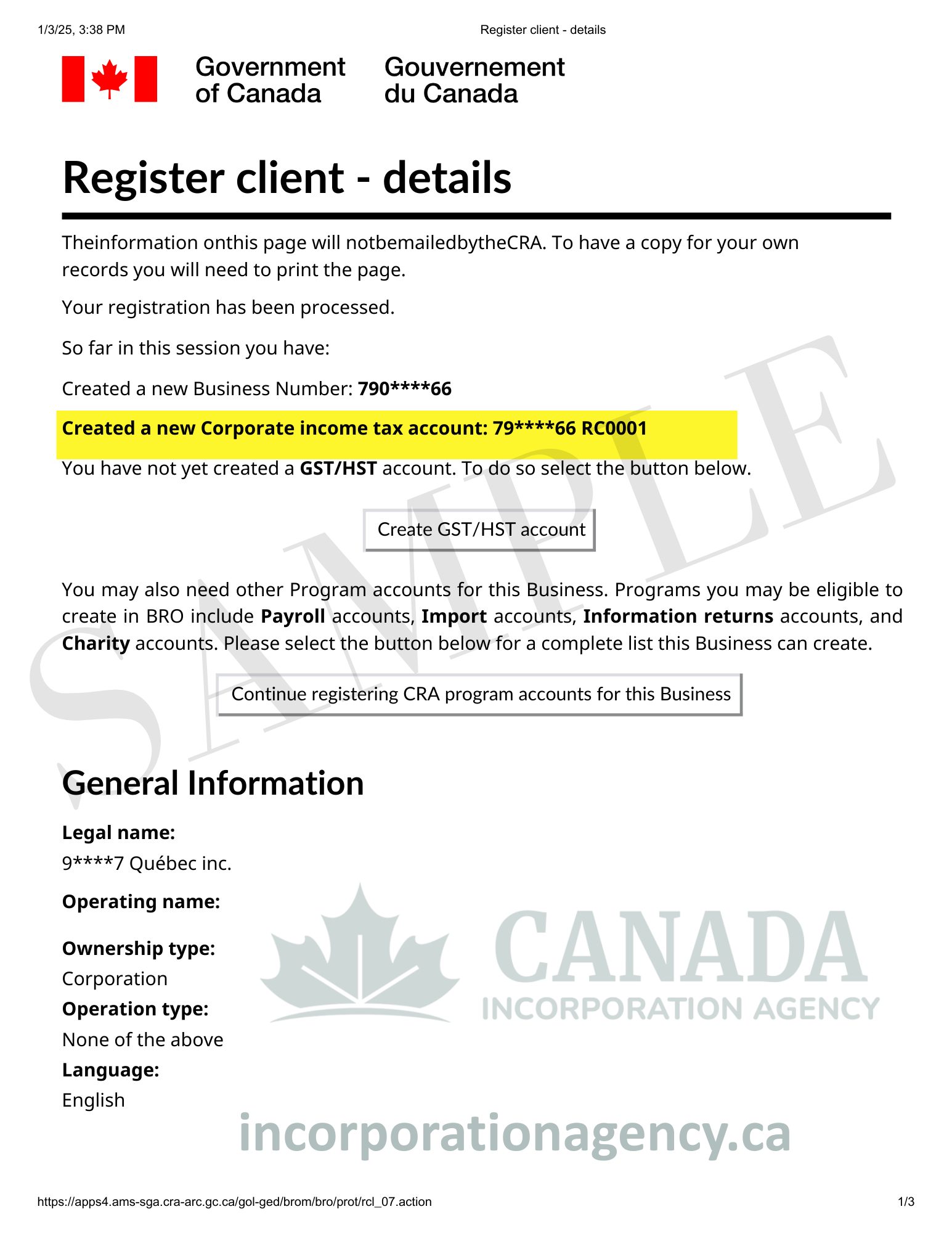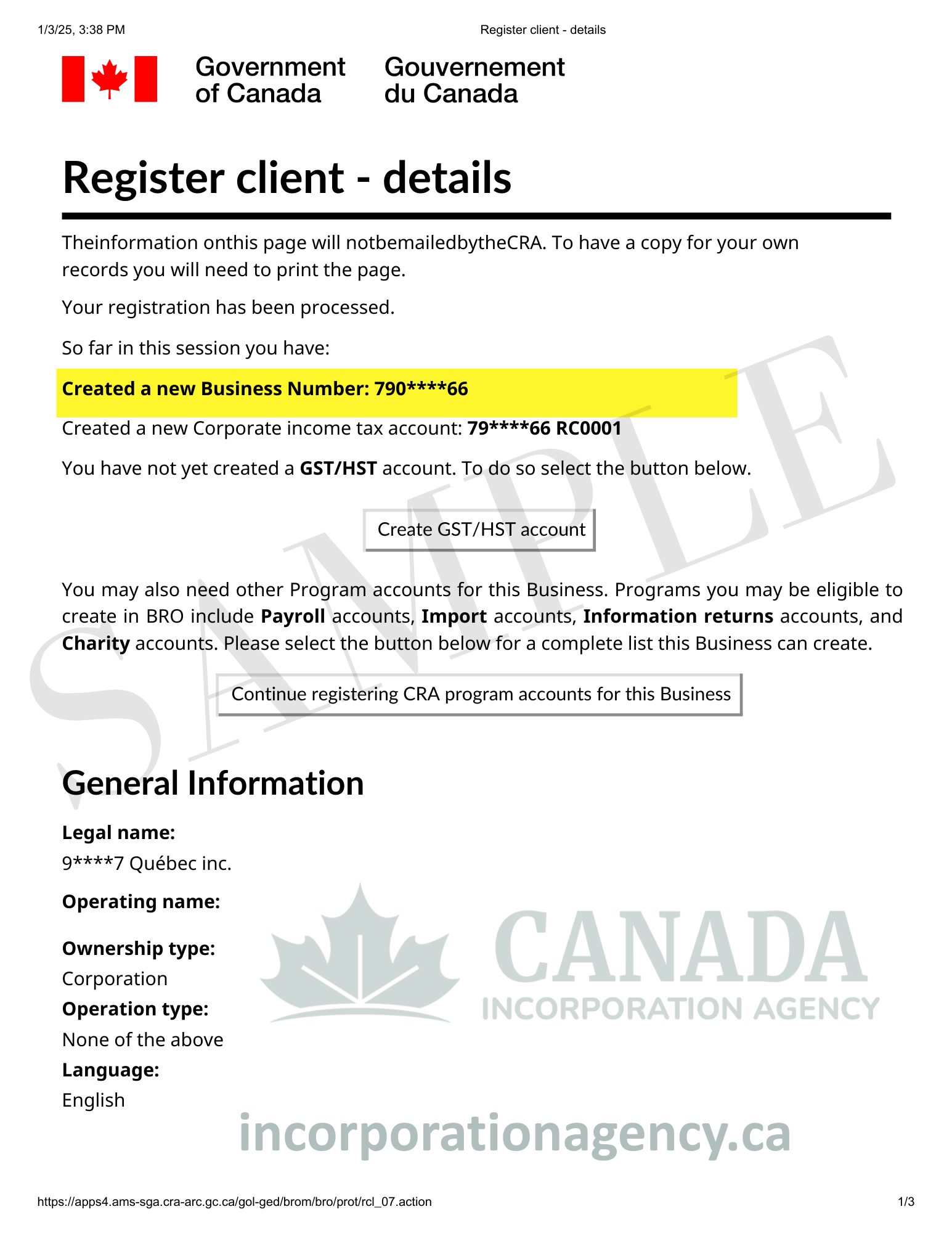So you’ve created something amazing. Perhaps it is a product, a service, or a brand that is just now taking off. You’re now thinking: “How do I safeguard this thing that I’ve so diligently created?”
That’s where trademark registration comes in.
If you’re conducting business in Canada or considering it, it is important to learn about the Canadian trademark system. Your brand name, logo, or tagline is potentially the most valuable asset of yours. Without protection, it is possible that someone else might come along to use it and leave you to battle (and have potential legal headaches).
In this step-by-step guide, we tell you all things you must know about Canadian trademark registration.
What Is a Canadian Trademark?
Let’s start with the basics.
A Canadian trademark is really a unique identifier of your business. It may be a word, expression, logo, sound, combination of colors, or even a three-dimensional sign. Imagine Nike swoosh, McDonald’s golden arches, or Apple’s apple.
When you register a trademark in Canada, you have exclusive rights to use that mark nationwide for the particular goods or services that you’ve registered it for. You’re essentially planting your flag and going: “This is mine, and no one else is going to use it in my ground.”
Why Register Your Trademark?
You may be asking yourself, “Can I just use my business name without having to register it?” Technically, yes. But that’s where the catch is: without registration, you only have protection in the geographic area where you’re actively using it. This means that somebody in your next province might legally begin to use your name. And if they happen to register it beforehand? You might be the one to have to rebrand.
Registration gives you:
- Nationwide exclusive rights to your mark
- Legal protection if someone tries to copy you
- Credibility with customers and partners
- Asset value that can increase your business worth
- The ability to license or sell your trademark
How to Register a Trademark in Canada: The Step-by-Step Process
This is just how to file a trademark in Canada in easy-to-follow steps.
Step 1: Do Your Homework (Trademark Search)
Before you fall in love with a name or logo, make sure it’s really available.
Begin with a trademark search on the Canadian Intellectual Property Office (CIPO) database.
You want to find:
- Identical or similar trademarks already registered
- Pending applications that might conflict with yours
- Common law trademarks (unregistered but used in commerce)
Pro tip: Don’t just search exact matches. Look for similar spellings, phonetic equivalents, and related terms. “Coca-Cola” would likely have issues with “Koka-Kola,” even though they’re spelled differently.
Step 2: Determine Your Nice Classification
Trademarks are registered in specific classes of goods or services. The international system is administered by something known as a Nice Classification and it combines 45 different classes.
For instance:
- Class 25 covers clothing
- Class 35 covers retail services
- Class 41 covers education and entertainment
You will have to figure out which classes suit your business. You can sign up to many classes but you will have to pay extra charges for each.
Step 3: Prepare Your Application
Here’s what you’ll need for your Canada trademark registration application:
- Your trademark (the exact name, logo, or design you want to protect)
- Your contact information (name, address, email)
- Details about your goods or services (be specific!)
- The filing basis (are you already using it in Canada, or planning to?)
- A declaration of your right to use the trademark
If you’re registering a logo or design, you’ll need a clear digital image file.
Step 4: File Your Application
You can submit online from the Canada Incorporation Agency website. Basic filing will cost you $350 CAD (and an additional $199 for Agency filing fees).
Online filing is quicker and a bit less expensive than paper application. And you can monitor your application status in real time.
Step 5: Wait for Examination
When you submit the trademark application, it goes into an examination queue. A CIPO trademark agent will review it to confirm it is complete.
This procedure will usually take 12-18 months, sometimes longer. The examiner will inspect whether:
- Your differentiation is strong enough
- It does not conflict with currently registered trademarks
- Your application is correctly formatted
- You’ve correctly classified your goods/services
If the agent finds any problems, it will issue an “office action” showing what must be corrected. You will have six months to reply.
Step 6: Publication in the Trademarks Journal
If your application survives examination, it is published in the Trademarks Journal for two months. This is the “period of opposition” during which others can oppose your application if they think it is an infringement of their rights.
Most applications aren’t opposed. But if an opposition is filed by someone, then you have to reply and possibly step into a legal battle.
Step 7: Registration
If no one opposes, (or you effectively defend against opposition), congratulations! Your trademark is now registered.
You’ll receive a registration certificate, and your trademark will be valid for 10 years from the registration date. You can renew it indefinitely in 10-year increments, as long as you keep paying the renewal fees.
How Long Does Registration Trademark Canada Actually Take?
Let’s be real: the timeline isn’t lightning fast.
From application to registration, it would be 18 to 24 months on average. Occasionally it will happen sooner, sometimes later, depending on:
- The complexity of your application
- Whether office actions are received
- If someone lodges an opposition
- CIPO’s backlog today
Good news? Once filed, you can use the ℠ symbol with your mark to show you’ve applied for registration. After registration, you can upgrade to the ® symbol.
Common Mistakes to Avoid When Filing for Trademark Registration
Mistake #1: Choosing a Descriptive Name
“Best Pizza” or “Fast Deliveries” will not be registrable as they merely indicate what your business is about. Your trademark must be distinctive.
Think of it this way: “Domino’s” is distinctive. “Delicious Pizza Company” is not.
Mistake #2: Skipping the Search
Filing without searching is like buying a house without house inspection. You might discover too late that someone else already owns what you thought was yours.
An extensive search prior to filing will save your dollars for rebranding later on.
Mistake #3: Being Too Vague About Your Goods/Services
“General services of retail” will not do. You must be exact: “Sport shoe retail services” or “Internet retail storefront services of handmade jewelry.”
As specific as possible when filing to make it easier to prosecute your trademark later.
Mistake #4: Not Using Your Trademark
In Canada, you can lose your trademark rights if you don’t use it for three consecutive years. Registration isn’t a “set it and forget it” situation.
You need to actively use your mark in commerce and keep records proving that use.
Mistake #5: Believing Your Business Name Registration is Equivalent to Trademark Protection
Registering your business name with your provincial or territorial government is NOT the same as trademark registration. Business name registration only gives you the right to operate under that name—it doesn’t give you exclusive trademark rights across Canada.
Myths vs Facts About Canadian Trademark Registration
Myth: “I don’t have to register; it is already my name”
Fact: You have some common law rights when you’re actually employing your mark where you’re located, but registration provides you much more powerful, nationwide protection. Otherwise, a third party might register your mark and force you to stop using it.
Myth: “Registration is too expensive for small businesses”
Fact: Though it does come with a price tag (beginning at around $350), it is like insurance for your brand. You will spend much more to rebrand if someone else steals your name.
Myth: “After getting registered, my trademark is automatically safe forever”
Fact: You must renew every 10 years and make active use of your mark. You also need to monitor for infringement and enforce your rights when necessary.
Myth: “Canadian trademark registration protects me anywhere”
Fact: It is territorial trademark rights. Your Canadian trademark only protects you in Canada. Do you do business in the US or Europe or anywhere else? You have to file there as well.
Myth: “I can trademark common words or generic terms”
Fact: You typically can’t register generic terms of your industry (such as “Bread” as a bakery). But if you apply a generic word to a product in a distinctive creative fashion (such as “Apple” computers), that will do.
Pro Tips for a Smooth Trademark Registration Process
File early. Do this before you’re deeply invested in your brand. Filing as early as possible has better protection.
Maintain thorough records. Note when and how you’ve used your trademark once. Print screens of your site, preserve dated invoices, and retain marketing materials. This documentation can prove priceless if your rights are challenged.
You might want to hire a trademark agent. Though you can do this yourself, trademark agents are registered professionals familiar with subtleties of trademark law. They will assist in steering clear of expensive errors and office action or opposition.
Consider global protection. If you’re going to branch out from Canada, explore the Madrid Protocol, which enables you to apply once in a number of countries to have a trademark registered as a protection.
Watch your trademark. Create Google Alerts under your brand name. Keep a regular eye on the Trademarks Journal for comparable applications. The earlier you see potential infringement, the sooner you can do something about it.
Do not make your trademark generic. Even “Kleenex” and “Xerox” have to exert efforts to keep their marks as a genus from going generic. You must always use your trademark as an adjective and never as a noun. You have a “Kleenex tissue,” but “a Kleenex.”
Frequently Asked Questions About How to Trademark a Name in Canada
Q: Can I trademark a name that is already used?
A: It varies. You generally can’t register it if a person is actually using it as a trademark (not a business name) in an industry that is a same- or similar-industry. That is why the search aspect is so important.
Q: What is the difference between TM and ®?
A: ℠ (or TM if it is a word mark) is indicating that you have trademark rights, but it is not yet registered. Only use ® after registration is complete—using it before can be considered misrepresentation.
Q: Is it necessary to have a lawyer to submit a trademark application?
A: No, but it can be helpful, particularly where it is a complicated matter. If you’re filing a basic word mark and you’ve done thorough research, you might be fine on your own. If you don’t want to pay thousands for the lawyer just use the help of our experienced trademark agent at Canada Incorporation agency.
Q: Can a slogan be trademarked?
A: Indeed! Such slogans as “Just Do It” or “I’m Lovin’ It” are registered trademarks. Such slogan must be distinctive and belong to your particular goods or services.
Q: What happens if someone is already using my trademark?
A: You can write a cease-and-desist letter, a settlement letter, or a letter to bring suit if your trademark is registered and being infringed upon. You have fewer alternatives if you have not yet registered.
Q: What is the total cost of registered trademarks?
A: Government fees begin at $350 per class plus $199 for the agency filing fee.
Taking the Next Step: Protect Your Brand Today
Here is the bottom line: your brand is valuable and it is worth protecting.
Whether it is a new startup introducing its initial product or an established business finally getting around to registration, the process of trademark registration in Canada doesn’t have to be overwhelming. Sure, it will cost some money and it will take some time, but peace of mind—and legal protection —is well worth it.
Don’t wait until someone else registers the name you’ve been building your business around. Don’t wait until you’re facing a costly rebrand or legal battle.
Begin your trademark search today. If you’re uncertain about anything along the way, seek the services of a trademark agent, like Canada Incorporation agency, to lead you through it.
Your future self will appreciate that you did something about it now to preserve all that you’ve created.
Ready to register your Canadian trademark? Head over to the Canada Incorporation Agency website and start your journey to full brand protection. Your trademark is waiting.

